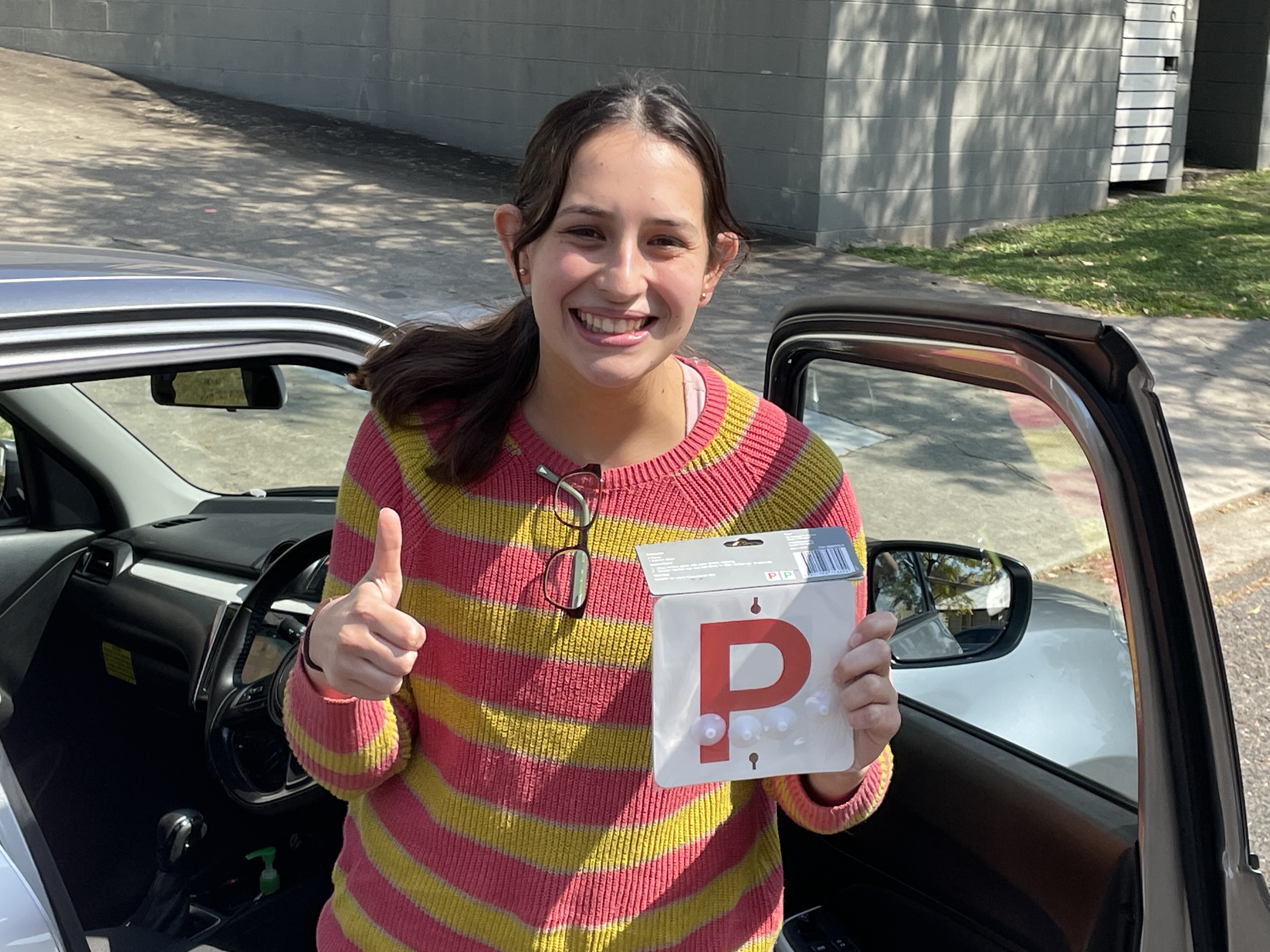
 How To Pass Your Queensland Driving Test?
How To Pass Your Queensland Driving Test?
It’s good to be confident going into your practical driving test —but it’s also important to be prepared. Here’s what you need to do to pass your driving test with flying colours!
We don’t want to scare anybody, but the reality is, there’s no guarantee that you’ll pass your practical driving test on your first attempt. In fact, Fairfax Media analysis of government data from 2005 to 2017 revealed that 40 per cent of driving tests conducted in Queensland over that four-year period ended in failure.
That number is even higher —41.45 per cent — for learners aged between 16 and 20. (People aged between 31 to 35 years old were the most successful, with a 35.77 per cent failure rate.)
Why do learners fail their driving test?
During your test, which will last about 30 minutes, your examiner will complete a Driving Assessment Report, including the following checks:
- Ancillary vehicle controls
- Gears, clutch control and stalling
- Accelerating and braking
- Steering
- Road position
- Turning position
- Speed choice
- Observation, scanning and shoulder checks
- Judgement
- Safety margins
- Signalling
- Signs, traffic signals and road markings
- You’ll also be asked to perform at least two of the following manoeuvres (one of which must contain a reversing element):
- U-turn
- Hill start
- Reverse park
- Reversing exercise
- Turn around
- Automatic gear change
Technically speaking, there are any number of errors that can cause learners to fail the test, which are divided into three categories —Non-Critical Driving Errors; Specific Repeated Driving Errors; and Critical Driving Errors.
Non-Critical Driving Errors are minor infractions that don’t endanger your safety, or the safety of other road users. But if you commit nine or more of these faults, you won’t pass your test.
Specific Repeated Driving Errors are errors you make repeatedly — like, for instance, consistently failing to shoulder check, or to indicate correctly, or to be in the right position on the road. Stalling repeatedly also counts as a Specific Repeated Driving Error. If you commit four or more Specific Repeated Driving Errors, it means you aren’t ready to drive safely on your own, and you will fail your test.
Then there are the big dogs — Critical Driving Errors. These are errors that occur when you don’t follow the rules, including:
- Speeding (exceeding the speed limit by 1 kph or more)
- Failing to stop completely at stop signs
- Failing to give way
- Failing to understand or follow road signs and markings
- Failing to leave a safe following distance
- Failing to perform a right turn correctly
- Failing to obey directions from police, a school crossing supervisor, or an authorised traffic controller
- Making the wrong decision at an intersection
These might not all seem catastrophic, but any one of these mistakes is grounds for instant failure. In fact, anything that results in your driving assessor needing to intervene, either verbally or physically, will result in an automatic failure.
So those are just some of the things that can cause you to fail your test. But perhaps a simpler and more useful way to look at it is that there are two main reasons why people fail driving tests:
- The driver is too nervous
- The driver is not prepared
Of course, these reasons are not unrelated.
How to pass your driving test
It’s natural to be nervous before any test, and a driving test is no exception. But, just like any other test, it’s important to remember the five Ps — Prior Preparation Prevents Poor Performance.
If you are well prepared, you won’t feel as nervous, and there’s a very good chance you’ll pass your test!
After all, you’re only being assessed on your ability to perform driving tasks and respond to traffic scenarios that you should have already gone over with your driving instructor — so as long as you put in the work before the test, there should be nothing to be scared of.
Booking yourself in for professional driving lessons will increase your chances of passing the test on your first go, as your instructor will ensure that you’ve learnt everything you need to know and are ready to demonstrate the necessary skills to your examiner.
If you haven’t been taught these skills, and you haven’t practiced them comprehensively with an instructor, there’s no point booking your test, because you won’t be at the standard required to pass.
Your driving instructor will know better than anyone how your driving is progressing —so when they recommend you to take the test, you can rest assured you’re ready for it.
Finally, try to keep the following things in mind when you book your test:
- Make sure your test doesn’t clash with work or school commitments, so you can give it your full attention.
- Consider the traffic conditions in your area, and try to avoid peak times.
- Be aware of school zone speed limits and the times in which they apply.
- Leave yourself time to get a good night’s sleep and eat a nutritious meal before your test.
- Book a final lesson with your driving instructor for the day of the test. Your instructor will know the routes likely to be taken by your examiner, and where you’re likely to be asked to perform the manoeuvres, so you can use this lesson as a dry run for the real thing.
With MyLife Driving, you can drive straight from your final lesson to your test, and use your instructor’s car as your test vehicle!book Book your lessons now and put yourself in the driver’s seat!